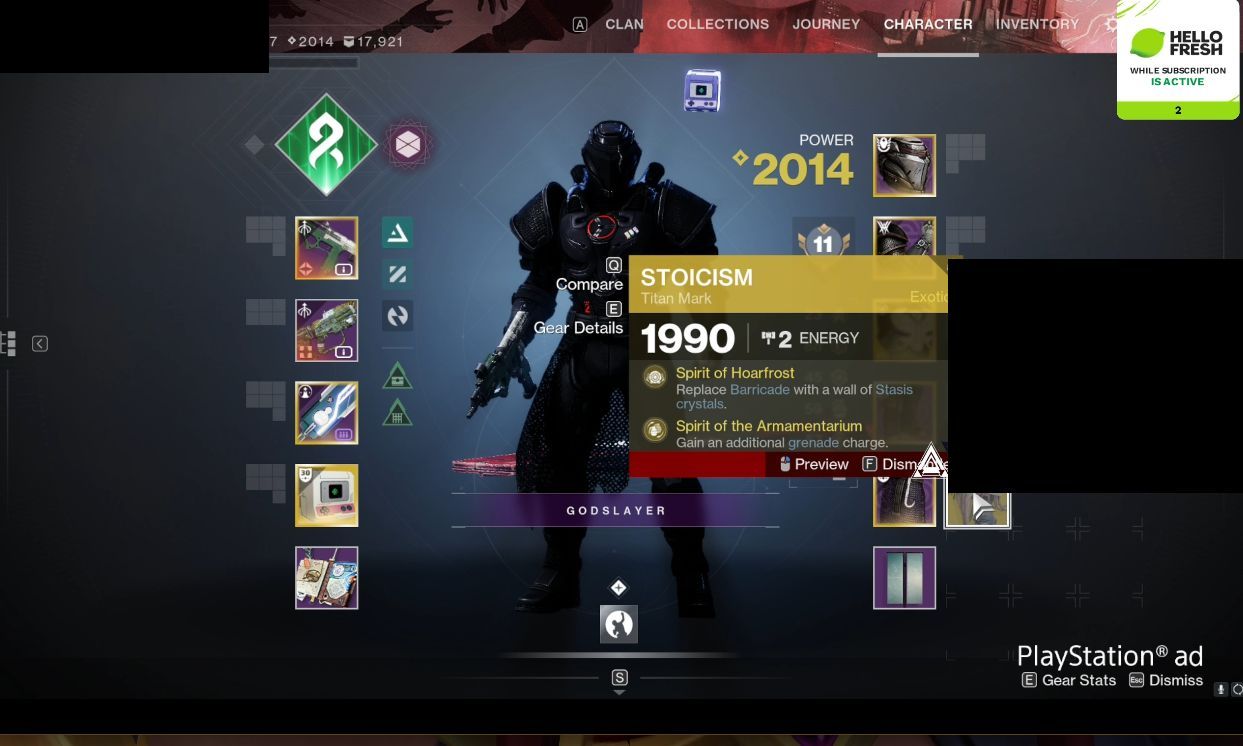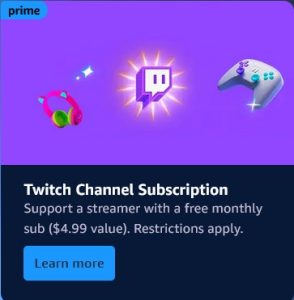In 2023, Twitch viewership soared to over 2.7 billion hours watched per month. The site is one of the leading game streaming platforms out there.
Yet, with the rise of streaming, a new challenge has emerged: ad fatigue. As streamers seek to monetize their content, the quality of the viewer experience is increasingly compromised.
What is ad fatigue?: Ad fatigue is when viewers become overwhelmed by seeing the same ads repeatedly.
Okay. What does ad fatigue have to do with Twitch?: Twitch streamers tend to plaster ads for their sponsors over the game’s user interface.



- Adding additional ads and sponsored content on top of a game, particularly for hours at a time, can overwhelm viewers.
- Excessive or poorly placed ads detracts from the viewing experience, making it less enjoyable and potentially driving viewers away.
- An example of this is when an ad covers crucial elements of the game’s interface, like the health bar or subtitles for dialogue. This action diminishes the quality of the stream.
- Developers can protect their intellectual property and help maintain the quality of streams by limiting the ways in which game content can be used commercially.
How are gaming companies affected by this practice?
Many gaming companies face significant challenges — with numerous layoffs and financial struggles over the past two years.
- Despite these hardships, gaming companies have been incredibly generous to streamers. They often provide them with free game keys and even sponsor them to play their games.
- However, when streamers place ads on top of these games without sharing the revenue, it feels like they are taking advantage of the situation.
- Video games are the result of countless hours of creativity and labor from developers, artists, and writers. It’s only fair that they receive a portion of the revenue generated from their content.
Does Twitch get a cut of any revenue generated from all of these ads?: No, they don’t, actually. Twitch itself is not profitable.
- Despite changes in revenue sharing and increased ads, Twitch still provides streamers the infrastructure and audience necessary to build their careers.
- It doesn’t help that Amazon, who owns Twitch, gives Prime members a free subscription to a streamer of their choice. Many streamers encourage viewers to subscribe via Amazon Prime — a move that is making Twitch hemorrhage money.

- Streamers injecting their own ads into the streams without sharing revenue with Twitch is not sustainable.
- It creates an imbalance where streamers profit while the platform they rely on continues to lose money.
- Streamers should recognize their role in this ecosystem and contribute fairly to the platforms and companies that support them.
Combating Ad Fatigue for Better Engagement
The monetization of Twitch streams — especially through ads placed on top of a game’s interface — raises critical questions about the commercial use of game content.
- Gaming companies can reduce ad fatigue by enforcing stricter commercial use policies. This ensures that the viewing experience remains engaging and enjoyable.
- Instead of intrusive ads, streamers can dedicate some time during the beginning or near the end of their stream to their sponsors. They can take the time to discuss what they’re advertising, why they stand behind the product or service, do a demonstration, etc.
- If Twitch streamers advertised their products better, then their sponsors would receive a better return on investment.
- Game developers and publishers must find a balance between allowing streamers to earn revenue and protecting their intellectual property.
Case Study: Square Enix’s Balanced Approach
- Square Enix prohibits using their materials for any commercial benefit, except for monetization through platform-operated advertising programs on services like YouTube and Twitch.
- Their policy: “No Commercial Use: Do not use Square Enix materials to make money or gain any other financial benefit. This means you can’t sell our game content and you can’t use our game content to help sell other products or services. Similarly, you can’t require payment to view or access any Square Enix materials.”
- This approach strikes a balance, allowing streamers to earn revenue while protecting the integrity of the game content.
- It sets a precedent for other gaming companies to consider adopting similar or even stricter policies to maintain control over their intellectual property.
What can developers do to encourage streamers to change?:
- Square Enix’s approach to the commercial use of their game content by streamers is a commendable effort to balance monetization with the protection of intellectual property and viewer experience.
- Other gaming companies should consider adopting similar or even stricter policies.
- Developers can offer support, exclusive content, or early access to streamers who adhere to their policies, creating a mutually beneficial ecosystem.
- Strict commercial use policies can incentivize streamers to create higher-quality content.
- By doing so, they can create a better viewing experience for their game, protect their creative investments, and receive fair compensation.
- This holistic approach will ultimately benefit the entire gaming community: from developers, advertisers, streamers and viewers.










